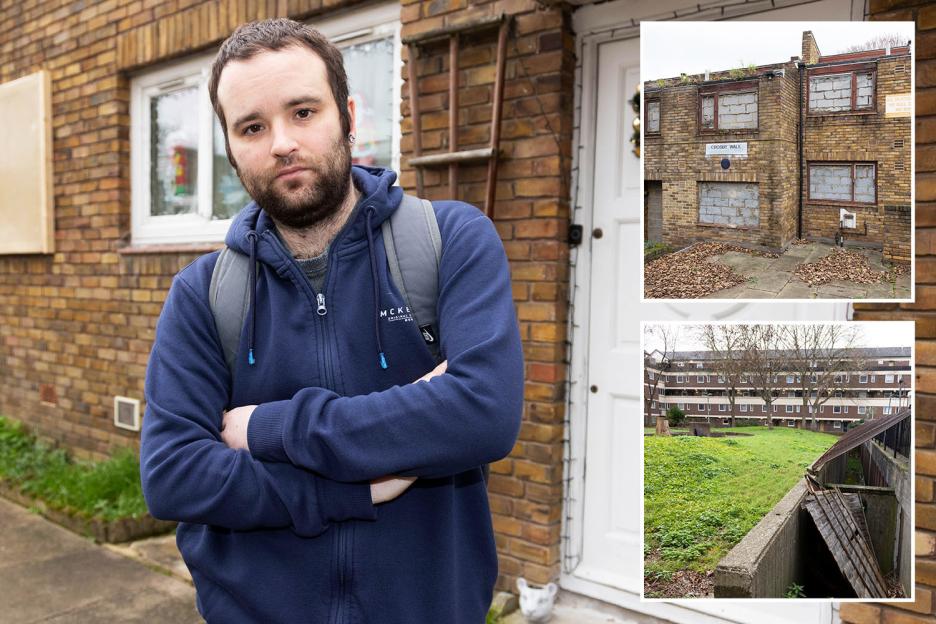Through the first year of the pandemic, the City of Calgary has been able to maintain a healthy balance sheet.
According to the city’s annual report for 2020, the city brought in $332 million more than it spent. City officials said $187 million in Municipal Operational Support Transfers (MOST) from the federal and provincial governments, and equity earnings from Enmax resulted in adding $131 million to city coffers.
Taking non-cash earnings out, the city had a positive cashflow of $98 million.
Read more: Calgary investigating potential impact of rising building material costs on city projects
“The city remains on good financial footing,”; Ward 8 Coun. Evan Woolley said Tuesday.
“We’ve been judiciously using Calgarians' — taxpayers' — money over the last year, despite the significant challenges that we’ve been facing as part of the pandemic.”;
City administration worked to find cost-savings measures, including the Solutions for Achieving Value and Excellence (SAVE) program , to help keep the city’s finances in the black.
Read more: ‘Emerge cautiously yet confidently': Calgary Economic Development looks past COVID-19
“The city's positive cash flows are the result of prudent management of city finances in combination with identifying $26 million in that base budget savings in 2020,”; Greg Wiebe, the city’s manager of corporate finance reporting, told the audit committee.
A graph of City of Calgary revenues, expenses and surpluses, presented on April 20, 2021.
City of CalgaryOverall, city revenues dipped by nine per cent from 2019, effects from the pandemic on city services, Wiebe told the committee. Those impacts were offset by MOST funds. Wiebe also said a change in investment strategy impacted city revenues.
City expenses dropped by two per cent from the previous year. Wiebe said things like closing recreation facilities, reducing workforce size and reducing transit services helped realize some of the $65 million in savings.
Read more: ‘Difficult' decisions needed to save City of Calgary money: consultant
Woolley, who chairs the audit committee, said when the pandemic hit in March 2020, city manager David Duckworth instructed all departments and city units to rein in all spending unless it was absolutely necessary.
“At the time, we were unsure of levels of support from the federal and provincial governments, and we spent as little money as we possibly could throughout the year,”; Woolley said. “I think Calgarians expected that of us.”;
That fiscal prudence helped Calgary keep a strong credit rating.
“The city's financial statements continue to reflect overall strong fiscal management and liquidity which has been evidenced by the city maintaining its AA+ and AA high credit ratings, which are among the best for Canadian municipalities,”; Wiebe said.
“Rating agencies comment on the city's low tax-supported debt burden, a high level of liquidity and reserves, stability in key revenue sources and this disciplined fiscal management amid the challenging economic climate in Alberta.”;
A graph of City of Calgary long-term debt, presented on April 20, 2021.
City of CalgaryLong-term debt has been on a downward trend since 2016, with so-called self-supporting debt — related to water services and resources — representing the lion’s share of city debt, mostly held by the Alberta Capital Finance Authority. The city reduced $38 million of its debt in 2020, with the total debt now sitting at $2.8 billion.
The committee also heard that the city’s net assets have been improving over the same five years, doubling from $1.4 billion to $2.8 billion.
Read more: Work paused on new Calgary arena over estimate, program requirements concerns
“This is a combination of both prudent operational expense management and long-term debt-level reduction,”; Nicole Hicock, a city financial reporting officer, said. “This allows for flexibility in the times of financial stress with resources in the form of cash and investments in excess of operational obligations.”;
City reserves also improved by $250 million during 2020, with two-thirds of that going to capital projects.
Read more: Calgary reducing late property tax fines for a 2nd year
CFO Carla Male told the committee that the surpluses already have a purpose.
“We will be using those for pandemic response and recovery in 2021,”; Male said.
For Woolley, the middle of the pandemic is not the time for the city to stray from its cautious financial approach.
“We have relied and will continue to rely on support from the province and the federal government in terms of getting us through this pandemic and supporting the economic recovery that we’re working on now,” he said.
Following the release of the federal budget, Mayor Naheed Nenshi said it didn’t provide any additional operating funding to cities for 2021.
“I know that many cities are quite concerned that — particularly on transit — it’s going to be hard for them to balance their budgets this year,”; Nenshi said Monday. “We’ll see if any conversations continue mid-year in terms of that operating funding that came through last year and was very, very welcome.”;
(function() { var scribd = document.createElement("script"); scribd.type = "text/javascript"; scribd.async = true; scribd.src = "https://www.scribd.com/javascripts/embed_code/inject.js"; var s = document.getElementsByTagName("script")[0]; s.parentNode.insertBefore(scribd, s); })();




